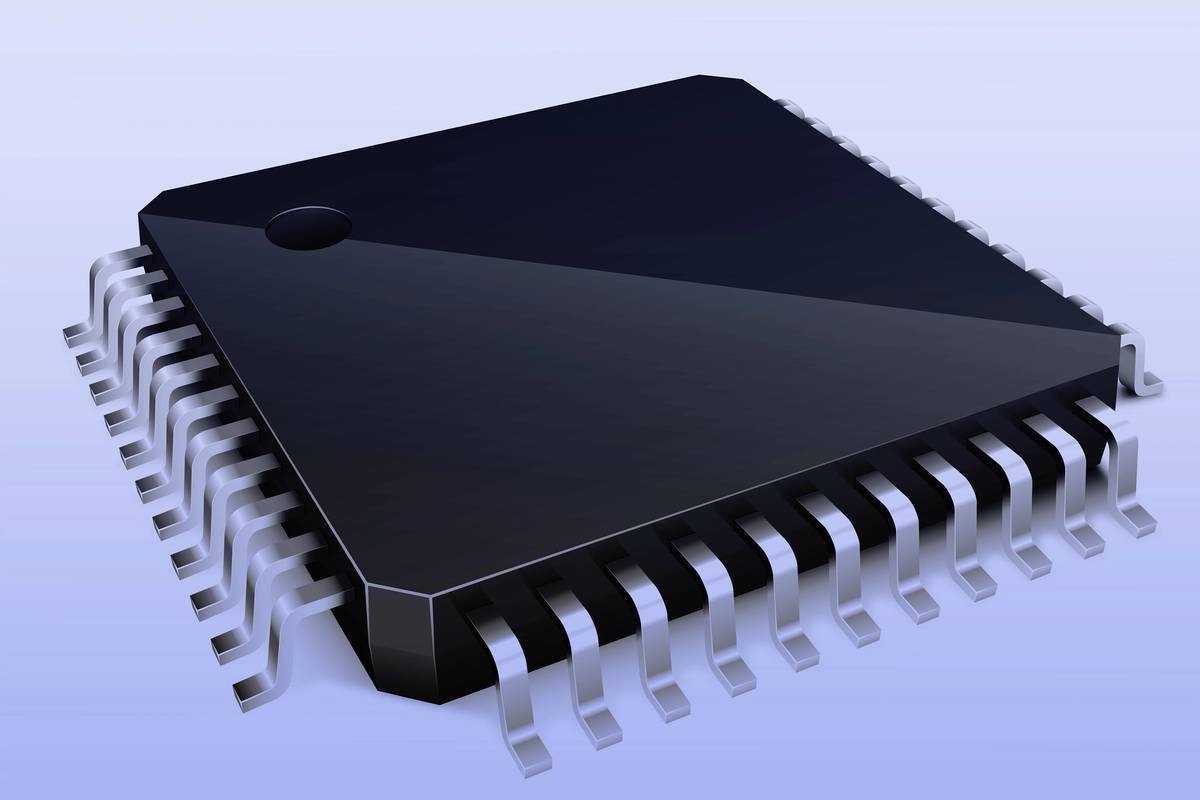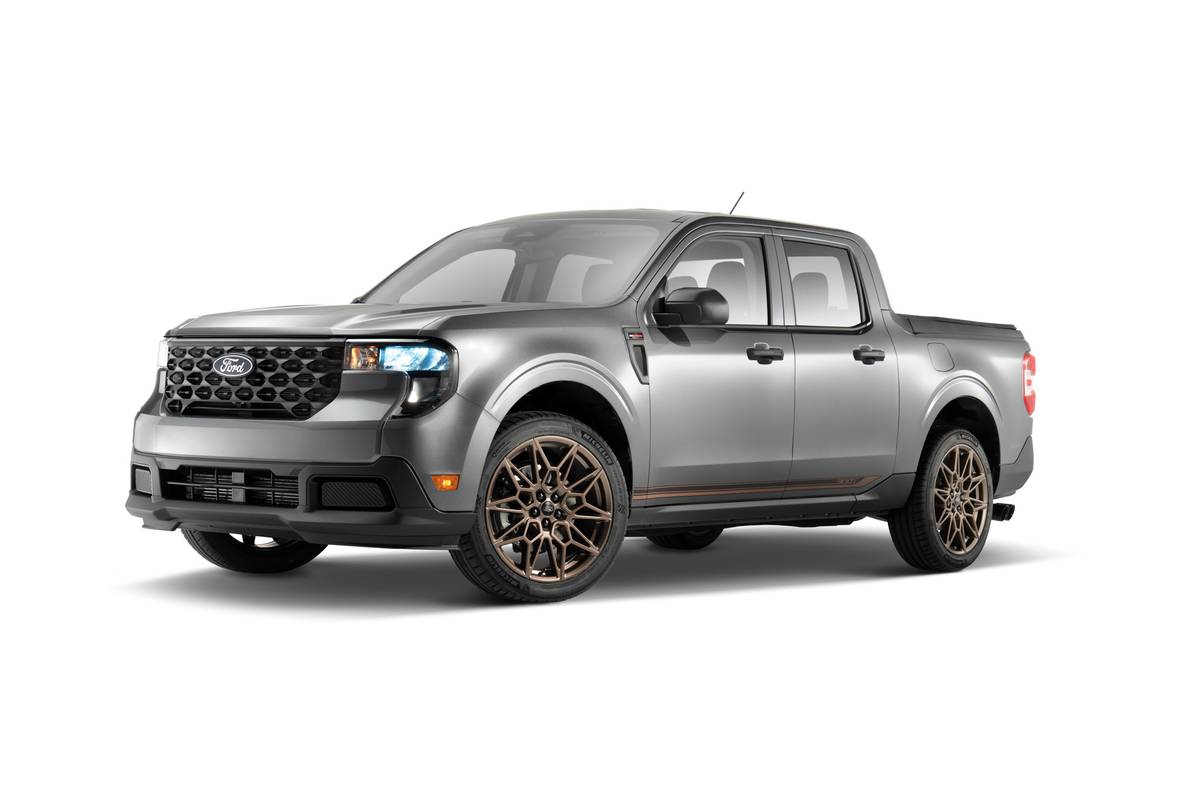AZCentral.com's view
The Oldsmobile Bravada, the upscale version of Chevrolet’s compact Blazer sports-utility vehicle, beat the trend early on.
The Ford Explorer recently swam upstream to double as the Mercury Mountaineer, and the Nissan Pathfinder just started hanging out with the ritzier crowd at Infiniti Dealerships, decked out as the Infiniti QX4.
Toyota’s Landcruiser is doing up-market duty as a Lexus, and Isuzu’s Trooper can be found at Acura dealerships rebadged as an Acura.
Most of this gentrifying is done by gilding the lily. Sports-utility vehicles, already upstanding members of the country-club circuit, get full luxury-car amenities, including leather, wood and fistfuls of power accessories. And a luxury price tag to match.
But the Bravada boasts decided upscale improvements over its more utilitarian sibling, the blue-collar Blazer. As well as offering a more polished look and a full cargo of luxury features, more befitting a member of the Oldsmobile clan, it also drives like a more luxurious vehicle.
The ride is quieter and more sophisticated, the engine is much less boomy under acceleration, and the transmission shifts more sharply. It’s also a big improvement over the last generation Bravada, which differed little from the Blazer despite its premium price.
Re-introduced last year, the new Bravada already has outsold the previous version, which went pretty much unnoticed. Still, the Bravada remains little known, with mention of its name registering more quizzical looks than recognition.
The Bravada is, in some ways, a softer version of the Blazer. Rather than a tough four-wheel-drive system, the Bravada is equipped with SmartTrak, a full-time all-wheel drive that provides sure-footedness under inclement conditions without the Jeeplike rough-housing ability. This system, which includes a locking differential, should be plenty for most drivers, able to get dirt-trail trekkers and snow-country travelers through all but the worst conditions.
The all-wheel-drive system is tied in with the anti-lock brakes, which means it will stop in the slick stuff as well as it goes. The brakes, by the way, are four-wheel discs, the only way to go for fade-free performance.
Our test Bravada came with all-weather radial car tires, which improved the ride over the road but significantly limited our exposure to the wild.
The revised Blazer body is nicely done over, with simple body cladding on the lower portions of the doors and fenders, well-integrated bumpers with built-in fog lamps up front, and a simple grill that looks sharper than the Blazer’s. Good-looking aluminum wheels complete the picture.
Inside, as expected, is all done up like a Roadmaster, with exceedingly nice leather seats, all the power gadgets, and a general air of prosperity. Legroom and headroom front and rear are excellent, although the cabin feels a bit narrow compared with the latest offerings from Detroit and Japan.
The interior does have one major clink er, however, and that’s the dashboard.
If I were to spend the extra effort and cash to buy an upscale Bravada, I would certainly appreciate a dash that didn’t look like it was swiped from a Chevy S-10 pickup truck. A stereo upgrade, with CD perhaps, would help. Maybe some more-refined controls instead of that clunky headlight switch designed for those wearing arctic mittens.
That stuff works just fine in the pickup or Blazer, but we’re talking upscale, here, and the competition’s fierce.
Also, like the Blazer and the pickup, there’s no passenger-side airbag. The Bravada does get away with a V-6 instead of the V-8 offered in the Jeep Grand Cherokee and the Explorer/Mountaineer. The 4.3 liter engine is a strong performer, with enough torque to motivate the 2-ton Bravada and plenty of power for tireless highway cruising, plus a standard 5,000-pound towing capacity. In this vehicle, the customary noise from the Chevy truck engine has been tamed, working smoother and q uieter th an it does in the Blazer.
Oh, and the gas mileage is fairly decent, instead of the heavy guzzling that is standard for this overweight segment.
Speaking of competition, one thing the Bravada’s got everybody beat on is the bottom line. It comes completely loaded with standard equipment, nothing else to buy (well, a cooler stereo, maybe), for just a hair under $30,000, easily undercutting the rest of the sports-utility field by several thousand dollars.
The Bravada left plenty of positive impressions, coming across as a sports-ute that would be easy to live with, not too showy and having great potential as a long-distance vacation machine.
But a little more attention to the dashboard would help. A lot.
1997 Oldsmobile Bravada
Vehicle type: Five-passenger, four-door sports-utility vehicles, all-wheel-drive. Base price: $29,505. Price as tested: $29,995. Engine: 4.3-liter V6, 190 horsepower at 4,400 rpm, 250 pound-feet of torque at 2,800 rpm. Transmission: Four-speed automatic. Curb weight: 4,184 pounds. Length: 180.9 inches. Wheelbase: 107 inches. Safety features: Driver’s side air bag, anti-lock brakes. EPA fuel economy: 16 mpg city, 21 mpg highway.
Latest news



